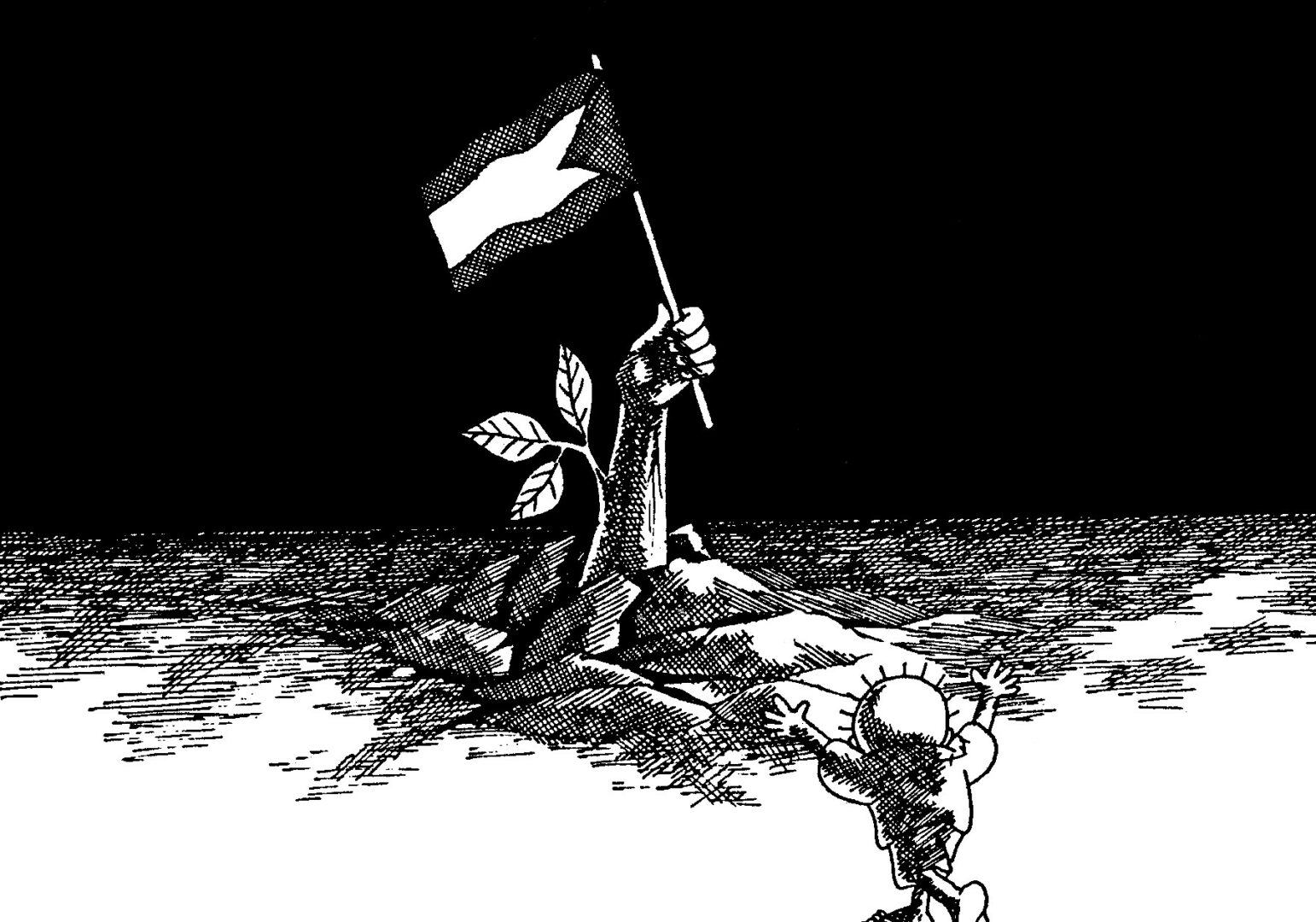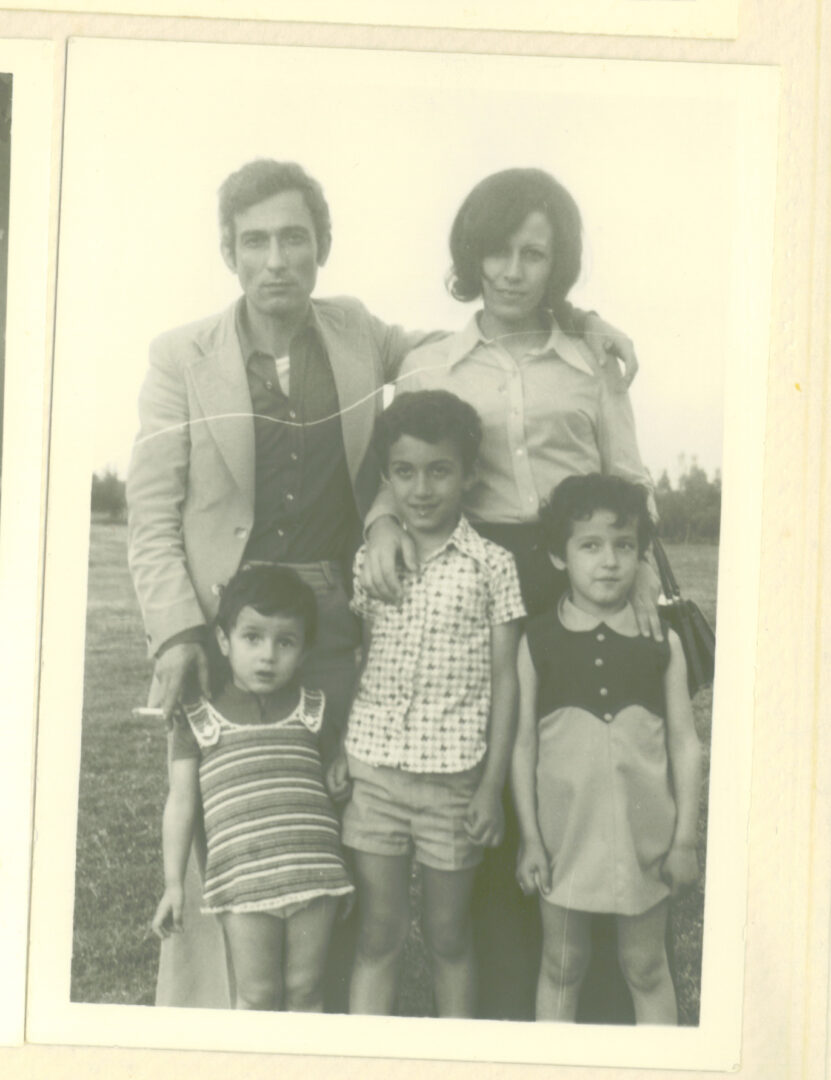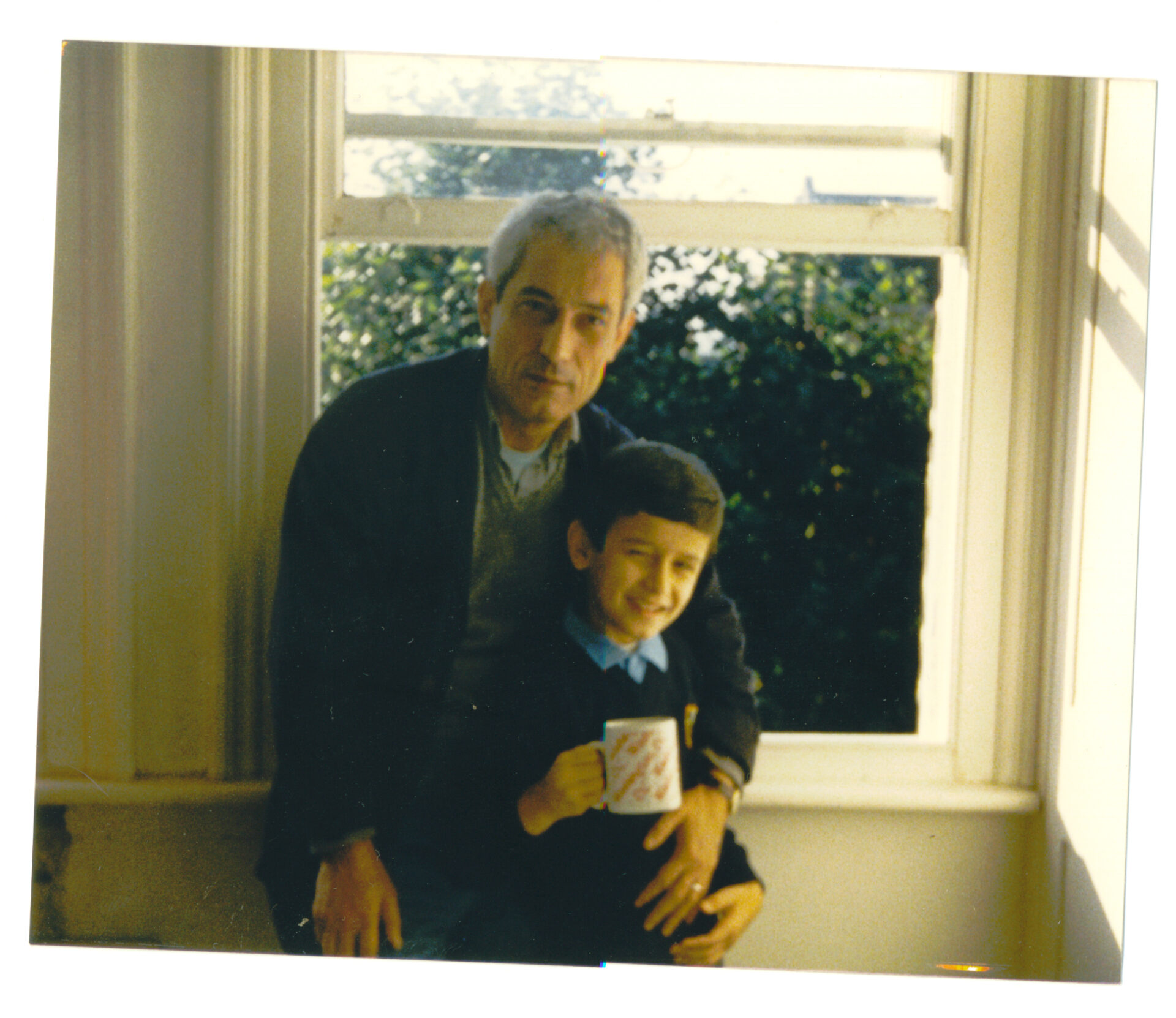The road to Palestine is neither far nor near, it is the distance of the revolution.
Naji Al AliRead more:
† 29.08.1987 in London
Nationality at birth: Palestinian
Nationality at death: Palestinian
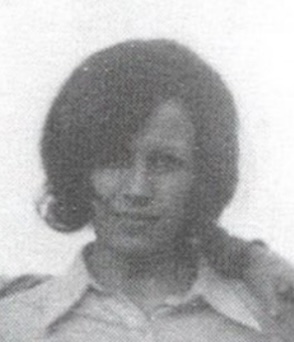 Wife
Wife
Wedad Al Nasr
* 1947 Son
Son
Khalid Al Ali
* 1967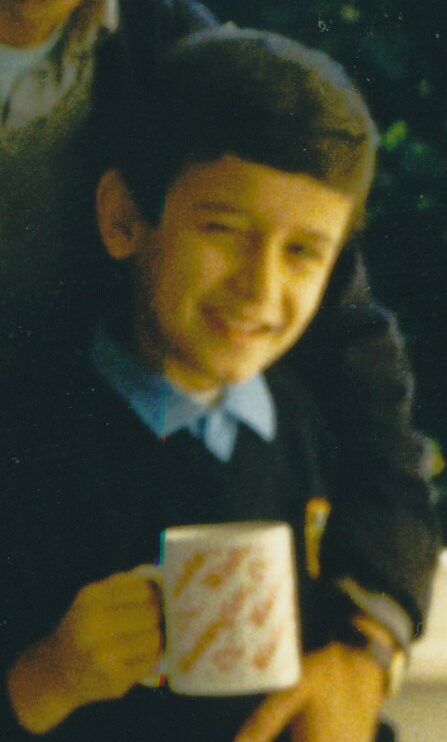 Son
Son
Osama Al Ali
* 1978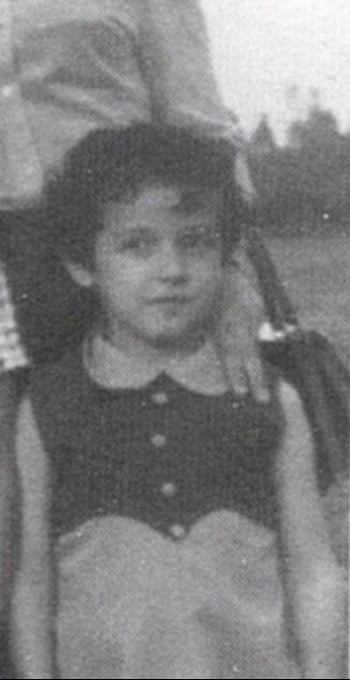 Daughter
Daughter
Layal Al Ali
* 1968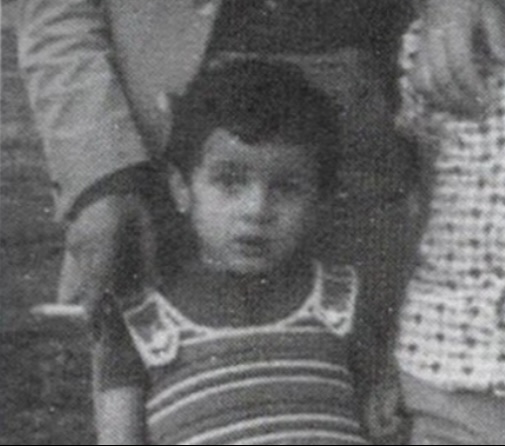 Daughter
Daughter
Judi Al Ali
* 1971Place of the fight for human rights: Beirut, Kuwait, London
| Area | Type | From | To | Location |
|---|---|---|---|---|
| Numerous publications such as Al Taleaa Magazine (Kuwait), Al Seyassah Newspaper (Kuwait), As Safir Newspaper (Lebanon), Al Khaleej Newspaper (UAE), Al Qabas Newspaper (Kuwait) and Al Qabas International (UK) | Cartoonist and Journalist | 1963 | 1987 | Lebanon, Kuwait, United Arab Emirates, England |
Reason for entry:
Function / Activity:
Leitmotif
Naji Al Ali defended the rights of the Palestinian people against the Israeli occupation by drawing cartoons. He made about 15.000 drawings.
How did the story become known?
With a casual interview with Palestinian writer Ghassan Kanafani, Naji Al Ali changed the course of his life.
He showed Kanafani some of his drawings. The latter sensed Al Ali’s talent and enthusiasm and published four of his drawings in the magazine “Al Huriyya“ („Freedom“) on 25 September 1961. One of the cartoons depicts a tent in the shape of a volcano. This moment becomes the most important turning point in Al Ali’s life and marks his approach to the history of the cartoon.
When did the story become known?
1961
Where did the story become known?
In the Ain al-Hilweh camp in Lebanon.
By whom did the story become known?
Palestinian writer Ghassan Kanafani.
Prizes, Awards
The International Federation of Newspaper Publishers awarded him the “Golden Pen of Freedom” in 1988; Naji al Ali was the first cartoonist and the first Arab to receive this prize.
What shaped Naji Al Ali the most was that he had suffered from the occupation since his childhood. He was also expelled from his country and lived in a refugee camp in Lebanon, where he was also arrrested and imprisoned. In prison, Naji Al Ali resisted by drawing on the walls and on scraps of paper.
Right to life, freedom and security
Equality before the law
Right to nationality
Freedom of expression
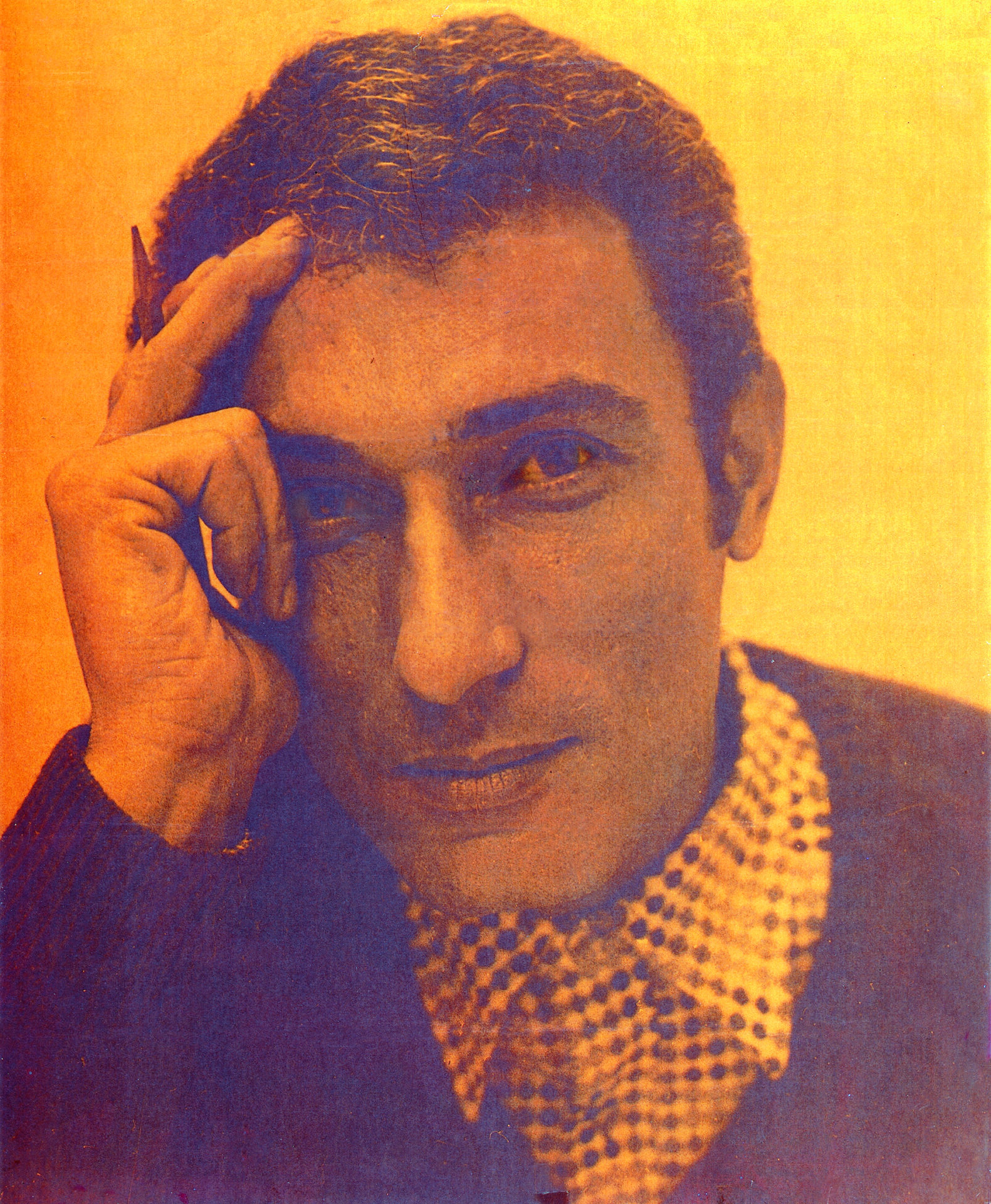
INTRODUCTION
Naji Al Ali is a Palestinian cartoonist whose name is associated with the character “Handala”. He was born in Palestine, grew up in Lebanon and started drawing in the prison cell, criticizing the occupation, oppression and tyranny. His drawings were the reason for his fame and eventually the reason behind his death.
THE STORY
Naji Al Ali has been accustomed and prepared to be a cartoonist since childhood, drawing on the walls of the cell in which he was imprisoned.
No sooner had Naji Al Ali set foot in the Ain al-Hilweh camp in Lebanon than he began his hostility towards the Israeli occupation, which was the reason for his and his family’s expulsion from his village, Al Shajrah in Galilea, Palestine. Lebanese Security Forces arrested him for the first time at a young age, so he spent his time in prison drawing on the walls of the cell.
As for his education, he received basic education at a school in Ain al-Hilweh camp before interrupting his studies due to the difficulties he faced because of the arrests. During these long years, during which he drew approximately 15.000 cartoons, Al Ali used the suffering and sorrows of the people and the prevailing political situation in Palestine as symbols in his cartoons.
In his cartoons, he criticized the Arab and Palestinian governments and leaders, the American hegemony that dominated the world, and the Western World’s bias with Israel.
Naji Al Ali’s cartoons and motifs
Al Ali’s Palestinian identity was at the center of his expression, drawing attention to what he had gone through as a child of the Nakba (the displacement of Palestinians): the loss of his homeland.
In the first decades of the Israeli occupation, the plight of the Palestinians needed to be publicly acknowledged, and Al Ali succeeded in painting a human portrait of a people whose history and narrative would be overlooked and undermined from 1948 onward. In America, Palestinians were portrayed at best as passive victims – or, more commonly, as terrorist thugs.
Al Ali’s cartoons were able to change this perception by using powerful imagery to convey political messages that rejected the status quo, oppression and Israeli occupation, yet supported the Palestinians and forced the world to recognize the existence of the Palestinians as a people. The figure of Handala embodied all of this in a tragic, heroic figure.
The Handala character
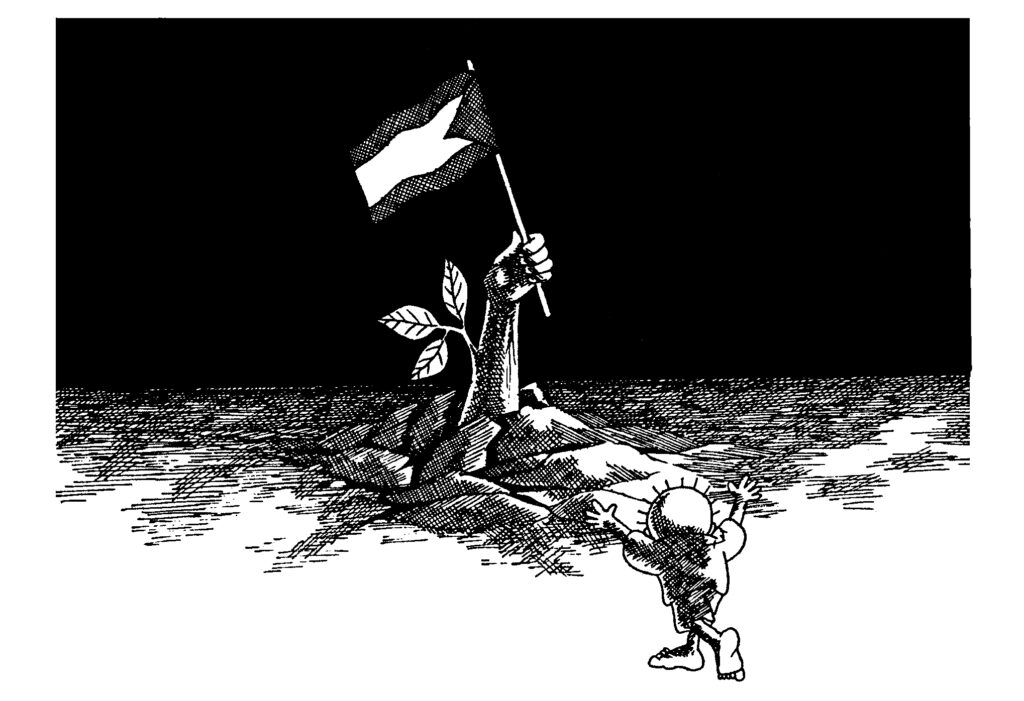
13/03/1982, As Safir Newspaper, Libanon.
Handala is a character drawn by Naji Al Ali, representing a ten-year-old boy. The Handala drawing appeared in Kuwait in 1969 in the newspaper Al-Seyassah. In the years after 1973, the figure turned around and held his hands behind his back. Handala later became Naji Al Ali’s signature.
This drawing and its owner were loved by the Arab masses, especially the Palestinians, because Handala is a symbol of the oppressed and poor Palestinian who turns his back on the “enemy” despite all the difficulties that he faces.

Naji Al Ali said that Handala is the icon that keeps his soul from slipping, and that he is the welding point that burns on his forehead when he is cowardly or withdraws. About Handala, Naji also said, “Handala was born at the age of ten and will always be ten.” He left Palestine at that age, and when Handala returns to Palestine, he will be ten years old and then begin to age. The laws of nature do not apply to him because he is an exception, just as the loss of his homeland is an exception.
As the reason for Handala clasping his hands, Naji Al Ali says: “His attitude after the October 1973 war was due to the fact that the region witnessed a comprehensive process of subjugation and normalization, and here Handala’s attitude was an indication of his refusal to participate in the American settlement solutions in the region, as he is a rebel and not a normalizer.”
When Naji Al Ali was asked when he would show Handala’s face, he replied, “When Arab dignity is not threatened and when Arab man regains his sense of freedom and humanity.”
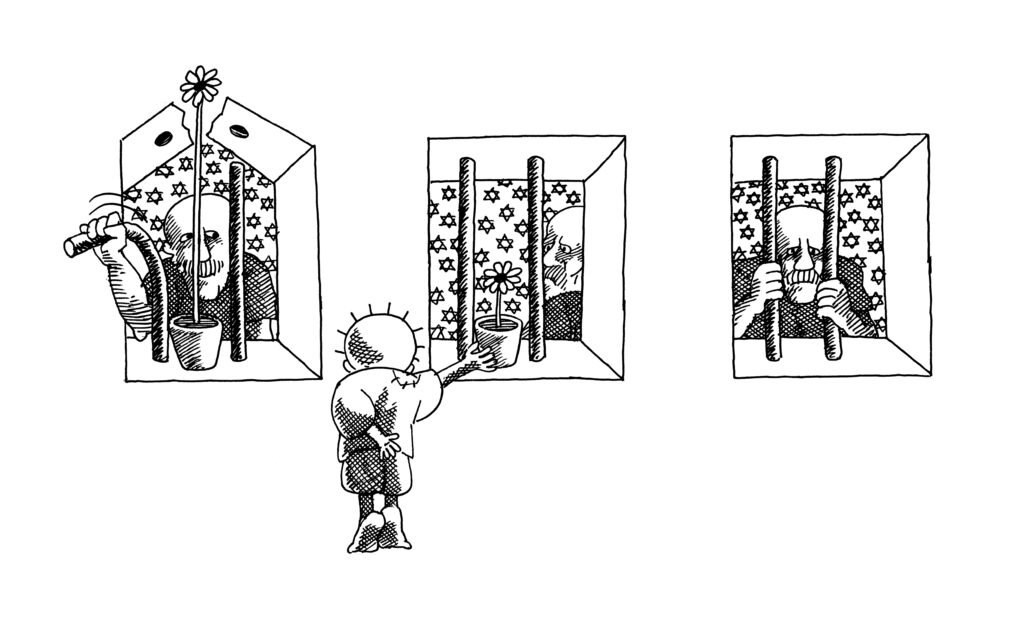
16/04/1987, Al Qabas Newspaper, Kuwait.
The drawing shows Handala giving comfort to a Palestinian captured by the Israeli occupation.
Further characters
Another character, Fatima, represents the Palestinian woman who refuses to compromise and has a clear vision of the conflict of Palestine and how it can be resolved. She has a husband, a tall, thin and hardworking man with a long mustache.
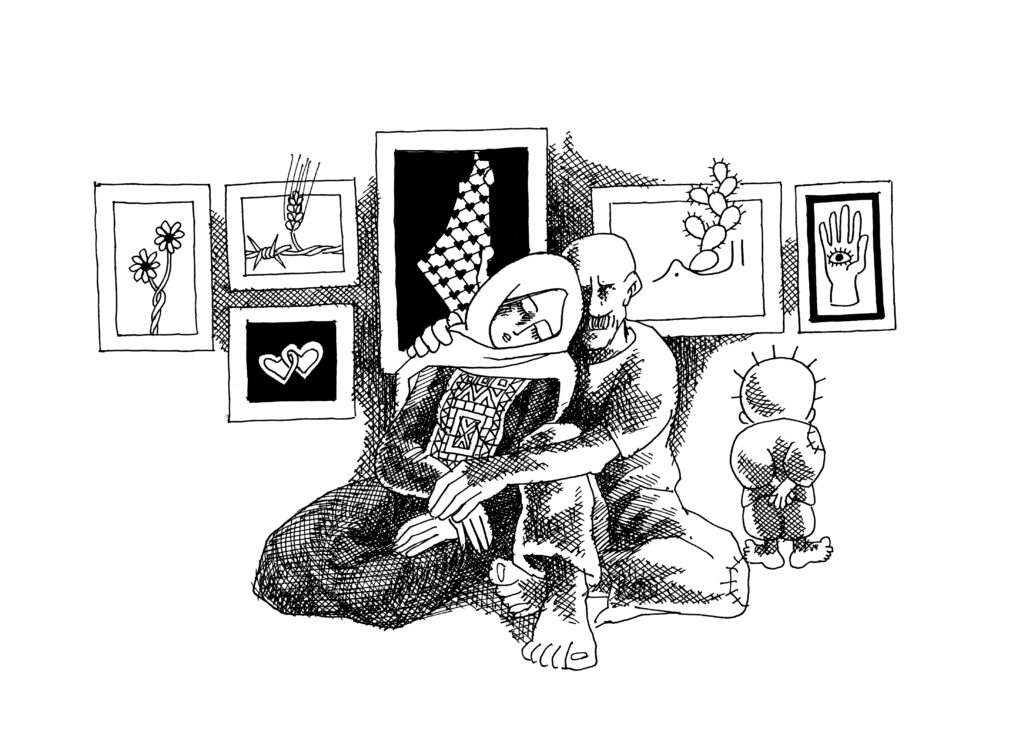
09/05/1986, Al Qabas Newspaper, Kuwait.
There is also the figure of the fat man with his bare bottom who represents opportunistic Arab leaders:



A Child in Palestine. The Cartoons of Naji al-Ali. Naji Al Ali, Verso Books 2009.
(NOTE: ALL CARTOONS ARE TO BE READ FROM RIGHT TO LEFT)
Translation:
“Israel wants to impale us!”
Newspaper Caption: “International Conference”
“And what is the solution?”
“That’s easy!”
Likewise, there is the figure of the Israeli soldier with Palestinian children throwing stones at him in an act of resistance and defiance.

15/12/1986, Al Qabas International Newspaper, London.
Translation:
„You throw the stones at the Israelis and I throw them at the Palestinian leaders who don’t want to unite and sit in the arms of the regimes and rely on American solutions.“
Naji Al Ali‘s murder
Naji Al Ali was loved for his work and passion to defend the poor and powerless, and for the fact that his goal was freedom for his country and people. But his cartoons also earned him many powerful enemies. In 1983, he moved from Lebanon to Kuwait. In October 1985, he was expelled from Kuwait and moved to London.
Al Ali received numerous credible death threats, and was eventually murdered in London. He was on his way to work when the shot was fired on 22 July 1987. Naji fell into a 5-week coma and subsequently died on 29 August 1987. But the perpetrator was never caught. After 35 years, the murder of Naji Al Ali still remains unsolved.
Naji’s dreams and wishes
Naji was buried in London in “Brookwood Cemetery”.
His dream was that Handala would return to his homeland, however, until his death and even until today, his dream has not yet come true.
Author: Shahed Quraish, student at Gymnasium Eickel in Herne. Member of “AG-Menschenrechte” 2021/22.
With many thanks to Khalid Al Ali, who very kindly provided us with the pictures and cartoons of his father.
Sources:
https://www.palestine-studies.org/en/node/1650489, last retrieved on 20.10.2022.
https://www.nytimes.com/2017/08/29/world/middleeast/naji-al-ali-murder-handala.html, last retrieved on 20.10.2022..
A Child in Palestine. The Cartoons of Naji al-Ali. Naji Al Ali, Verso Books 2009.
Reports from Khalid Ali Ali (Son of Naji Al Ali)
Images: Khalid Al Ali, private collection.
Contact: info@buxus-stiftung.de




